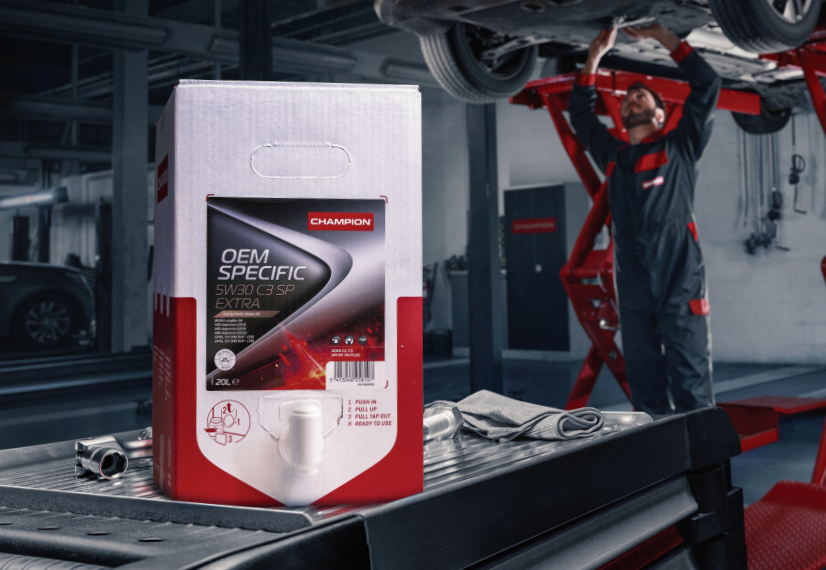
G13 antifreeze and coolant — important facts you need to know

The G13 specification for antifreeze and coolant was introduced by VW in 2013. What are the marked enhancements in quality in comparison to its forerunners G11, G12, G12+ and G12++? You will discover the significant advantages of this latest specification in explicit detail by reading on.
Let’s briefly examine the various VW specifications. Their antifreeze specification has continually evolved through time resulting in the latest (G13) established in 2013.
| G11 | 1994 | VW TL 774 C |
| G12 / G12+ | 1996 | VW TL 774 D/F |
| G12++ | 2005 | VW TL 774 G |
| G13 | 2008 | VW TL 774 J (OEM Part Number: G013A8J1G) |
Glycerin based means being environmentally friendly
Bearing similar exceptional cooling and antifreeze performances as G12++, the G13 boasts a vivid purple/violet colour. The major difference in its manufacture is the preference of glycerin over glycol. The production of glycerin is far friendlier to the environment than of glycol. One is a by-product of biodiesel production while the other is derived from mineral oil.
Current estimations suggest that G13 manufacture produces 11 % lower CO2 emissions than antifreeze with glycol.
Quite apart from the benefits of protection against freezing, the G13 is also outstanding when it comes to cooling, and it shields against corrosion and chalk deposits.
Benefits of using silicate additives in aluminium radiators
As opposed to many earlier specifications using OAT-technology (Organic Acid Technology), G13 boasts silicate additives for extra healing aluminium protection. The introduction of Silicate additives makes G13 ideal for prolonged use in all modern radiators, especially those derived from aluminium, cast iron, and magnesium alloys.
However, G13 is not ideal for older cooling systems with copper/brass radiators and heater cores (it doesn’t integrate well with the lead solder). Antifreeze with G11 or G12 specification should be used instead.
Upgrading to G13 from more dated types of antifreeze
Although for present-day radiator types, G13 antifreeze is backwards compatible, we suggest thoroughly flushing your cooling system when upgrading from another kind of coolant to keep the system clear.
Unable to flush your cooling system? Use this table as a reference to see which kinds you can mix safely. Champion provides G11, G12+ and G13 specified coolants.
Miscibility of the different types of coolant

Note: dilute antifreeze with distilled or deionized water to a 50/50 concentration to obtain a protective temperature of – 36 ° C. Standard tap water varies in pH, mineral, and chemical content and may damage your new antifreeze and cooling system.
Discover the Champion Anti-freeze Longlife G13 and the Champion Coolant -36°C Longlife G13.
Summary:
- While The G13 delivers the same outstanding cooling and antifreeze capabilities as G12++, it includes the additional benefit of glycerin.
- Major environmental factor: the production of glycerin is far less destructive to the environment than glycol.
- The G13 provides exceptional protection against corrosion and chalk deposits and is proactive in terms of cooling capabilities.
- Specifically designed for prolonged use in modern radiators universally.

